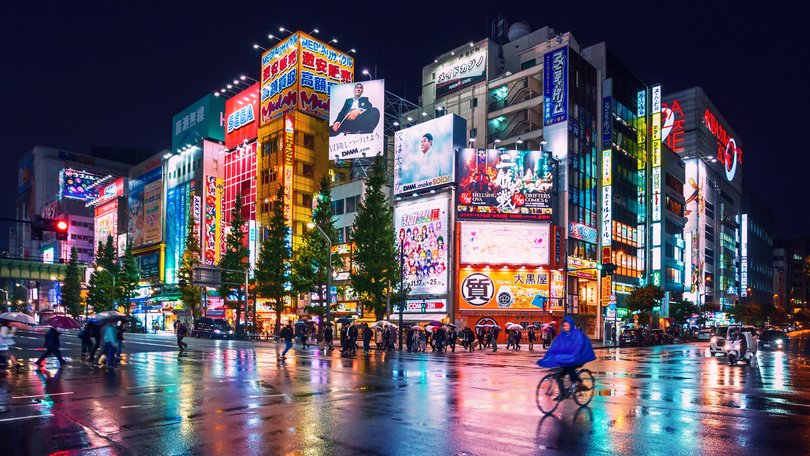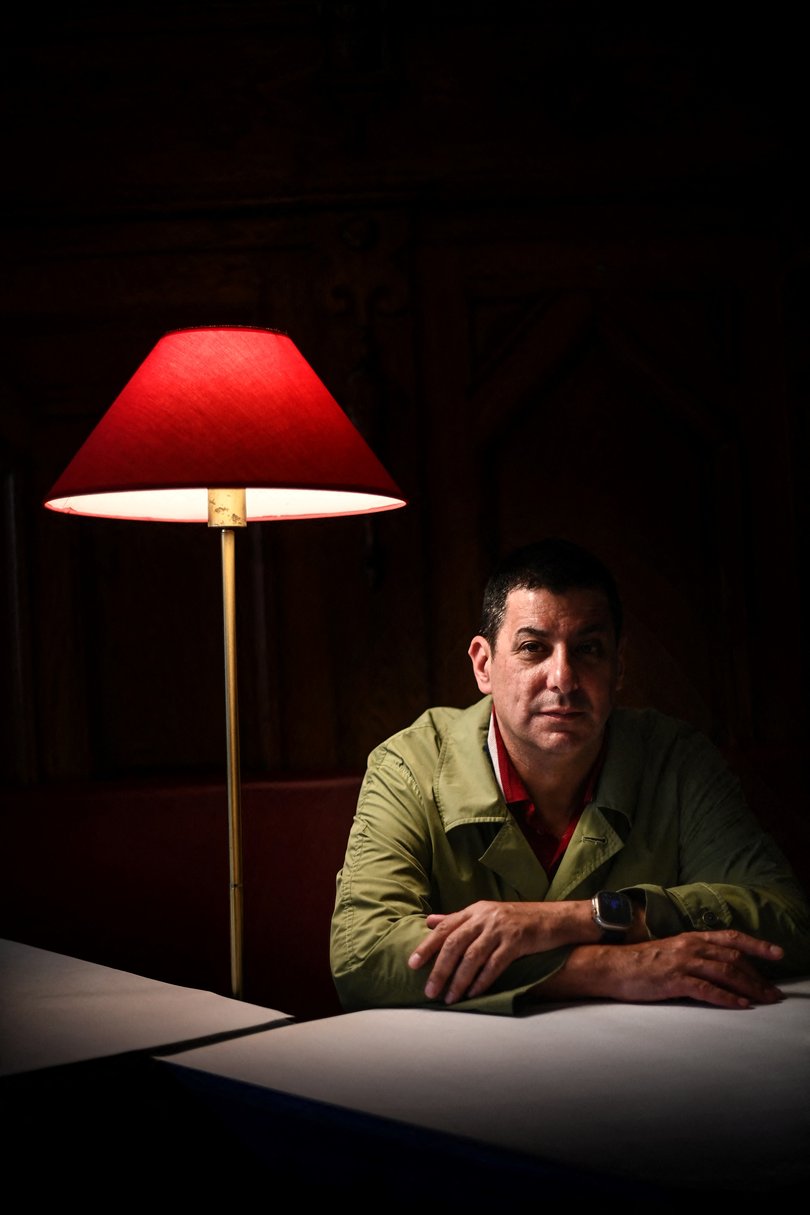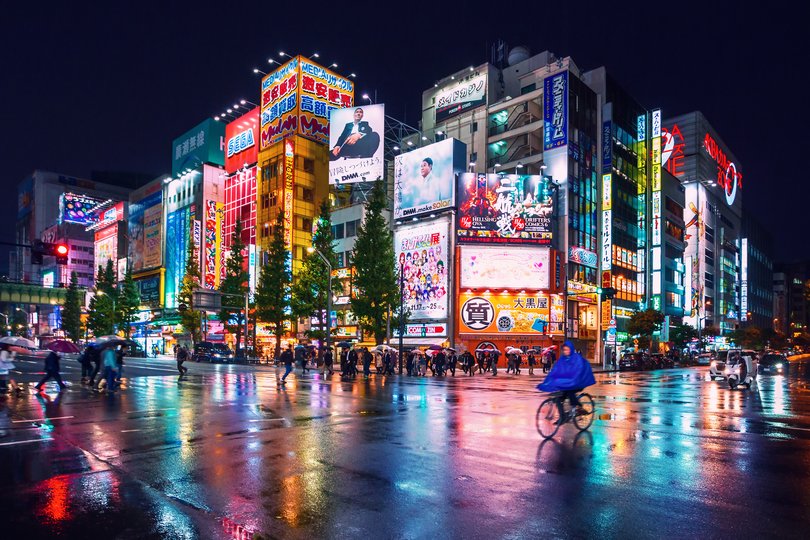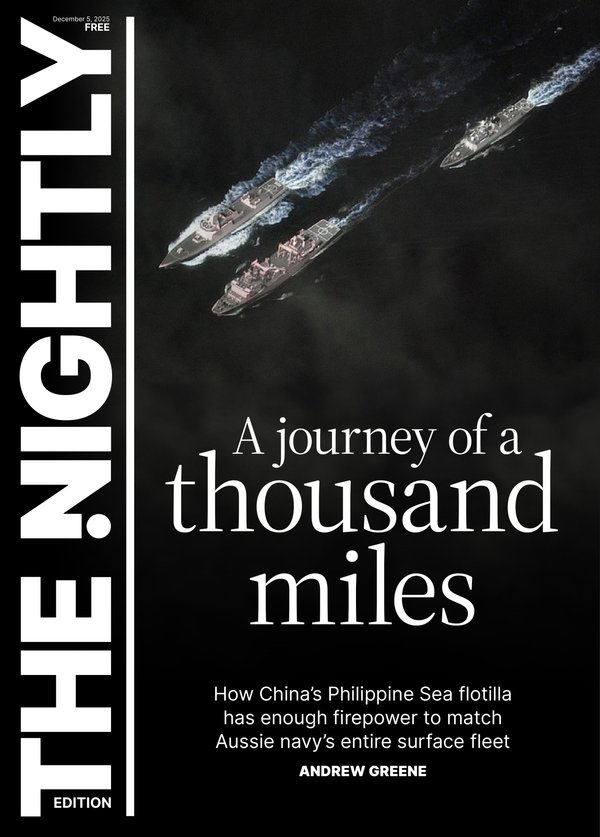The Way Out: Exploring the Tokyo ‘labyrinthine’ with famed crime writer Jake Adelstein

For nearly two decades, Jake Adelstein was the only foreign journalist working the crime beat at Japan’s largest newspaper, digging into the underworld with a stubbornness that landed him numerous threats and on criminal hit lists.
He broke stories that toppled cops, exposed billion-dollar crime syndicates, and chronicled the rise — and slow implosion — of the modern yakuza.
Adelstein turned his unique tale into the novel Tokyo Vice: An American Reporter On The Police Beat in Japan, which was later adapted for TV by HBO Max. Last year, he released a second book, Tokyo Noir: In And Out Of Japan’s Underworld.
Sign up to The Nightly's newsletters.
Get the first look at the digital newspaper, curated daily stories and breaking headlines delivered to your inbox.
By continuing you agree to our Terms and Privacy Policy.Adelstein sat down with ROAM to explore Japan, the recent influx of Australian tourists and the enduring wonder of the neon-lit capital he’s called home since 1988.

“I grew up on a farm in mid-Missouri with one neighbour next door and if I wanted to get anywhere, I walked or rode a horse.
“Tokyo is a huge city, a megapolis. To be in a big city and able to go anywhere is fascinating; the thing that first captured my interest in Tokyo was the labyrinthine, complicated metropolitan subway system.
“A common complaint from people here is, ‘I’m a foreigner. No matter how long I live here, I’ll never be Japanese.’ Well, of course not. Because you don’t look Japanese. But within the place that you live, if you live there long enough, people forget about your nationality. You just have to be able to speak the language.
“In mid-Missouri, I was the only Jewish kid in this school full of white people, rednecks and preppies. So, I never felt like I was an outsider here in the sense that it bothered me.
“The general honesty of people in Japan is very nice. I have dropped my wallet three or four times in the last 10 years, and every time it has come back: people have chased me down the street to give me my wallet.
“Once I even took money out to pay my rent, and I was in such a rush that I left $1500 in a naked bank envelope on top of the ATM. I rushed back, and it was gone. I went to the police station the next day, and the guy just looked at me then said in Japanese, ‘Hey, it’s the dumb idiot who left the cash on the ATM! It’s a gaijin!’
“Japan is an incredible mixture of high-tech and low-tech. If you want to talk to a government agency, you have to fax them. A lot of office procedures still involve getting your seal on a printed document. I write for a financial magazine, Zaiten, and it has no online presence. If you want to read Zaiten, you have to buy the magazine. Yakuza (members) still carry business cards.
“The other thing that surprises people is that rent in Tokyo is really reasonable. For $600-$700 a month, you could have a wonderful, spacious apartment in the centre of Tokyo. I was renting a whole house for $1000. And if you’re willing to have a traditional house with tatami mats — which, apparently, young Japanese don’t like — it’s cheaper.
“It’s not that Australians are unwelcome, but there’s been a huge surge in anti-foreigner sentiment. Because the yen was so weak, the hotels have all raised their rates to suck money out of the foreign tourists. And the foreign tourists still feel like they’re getting a great deal — they’re staying in a luxury place with wonderful service — but the Japanese can’t afford to stay there. People who are going on business trips are really frustrated.

“There are definitely areas of Japan that are over-touristed: if you want to enjoy Japan then instead of going to Tokyo or Hokkaido, go to Tottori which has Japan’s only sand dunes, some beautiful beaches and a lot of history. Kanazawa is also a really lovely place, like a second Kyoto.
“As for places in Tokyo, Meiji Jingu Shrine is one of the biggest, most beautiful shrines with a lush and green inner garden. You’ve got teamLab digital art museum, which is very surreal, a wonderful high-tech experience of being immersed in artwork.
“To get a sense of the city, instead of going to Tokyo Skytree you’re much better off going to the Mori Art Museum, which has an observatory on the 52nd floor.
“Don’t try to find the best sushi. Almost any sushi shop — even in a department store — is going to have very good sushi. In fact, some of the best sushi can be had at the revolving sushi places — everything stays fresh, because they have such a high turnover.
“You should go to the Hakone Open-Air Museum, a day trip from Tokyo, where they have sculptures by Picasso, Henry Moore and Rodin. Also in Hakone there’s Gora Brewery, which has really good beer and food and is not completely infested with tourists.”
As told to Mark Dapin.
